
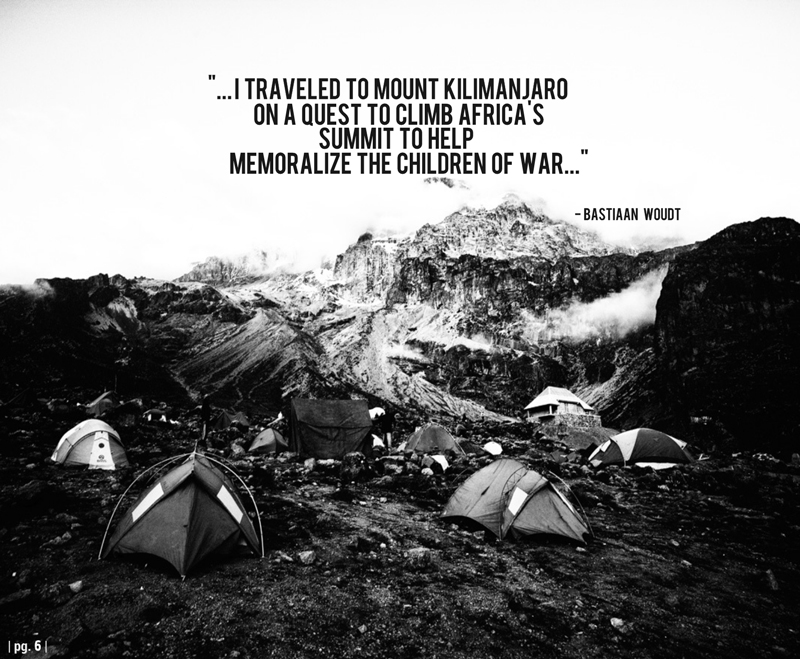
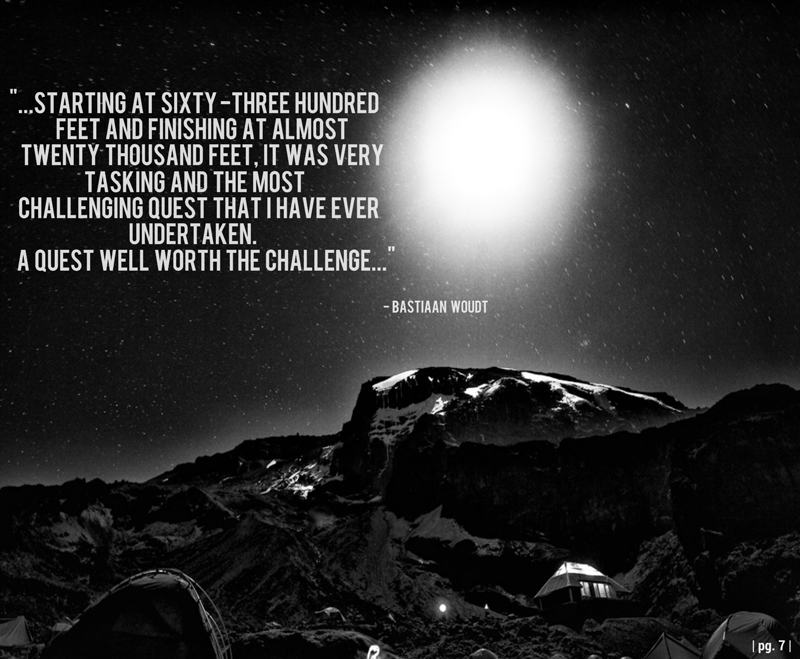
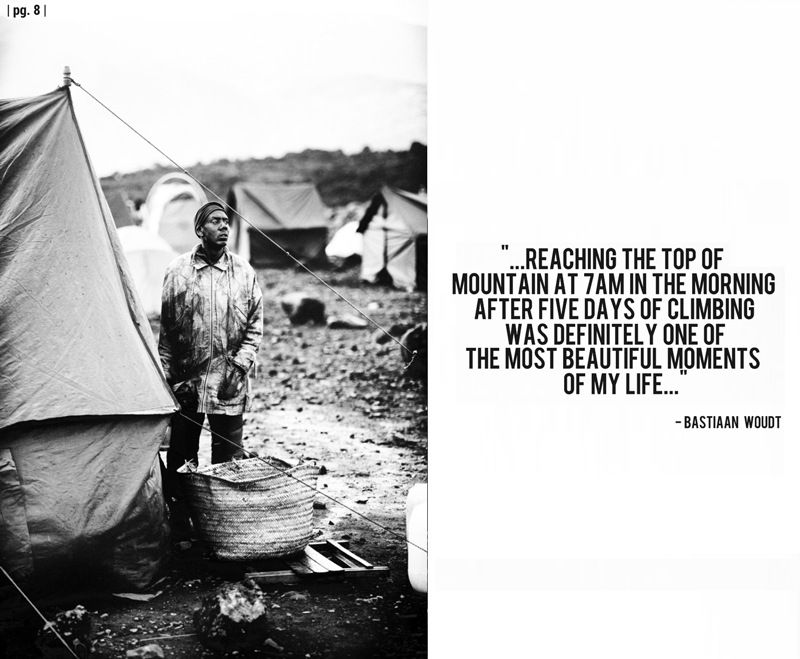
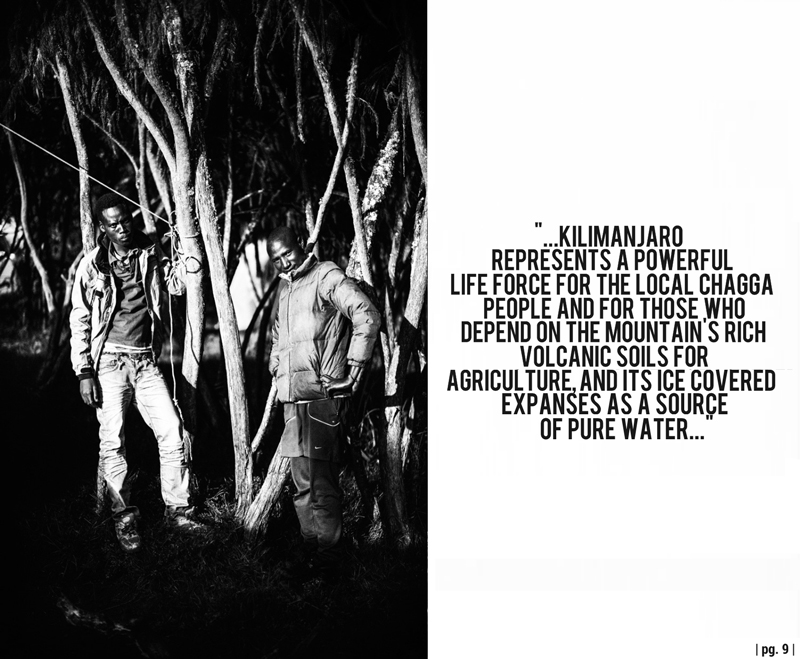





Mount Kilimanjaro was formed due to volcanic reactions and volcanic eruptions contributed to its beauty; and the name itself Kilimanjoro is said to be a mystery wreathed in clouds. It might be interpreted to mean the Mountain of Light, Mountain of Greatness or Mountain of Caravans. The Maasai refer to it as ol doinyo naibor, The White Mountain or ngaje ngai meaning the House of God because of their belief that Kilimanjaro was protected by evil spirits who would freeze anyone who attempted to ascend it. The Chagga people are said to not have a name for the whole Mountain; but the name Kibo meaning spotted in reference to the spotting rocks in the midst of snowy peak that stands gloriously as the overseer of the continent - as the summit of Africa. From the jungles of the Serengeti, Kilimanjaro by any name is said to be a metaphor for the compelling beauty of East Africa. It is one of the most accessible high summits. It is a beacon for visitors from around the world. From the jungle through the Serengeti, awaits a timeless wonder. Not only is this the highest peak on the African continent; it is also the tallest free-standing mountain in the world, rising in breathtaking isolation from the surrounding coastal savannah to a commanding nineteen thousand, three hundred and thirty-six (19,336) feet. Most climbers reach the crater rim with little more than a walking stick, proper clothing and determination. Those who reach Uhuru Point, which is the actual summit, or Gillman's Point on the lip of the crater, are awarded their climbing certificates – memories to be forever cherished.
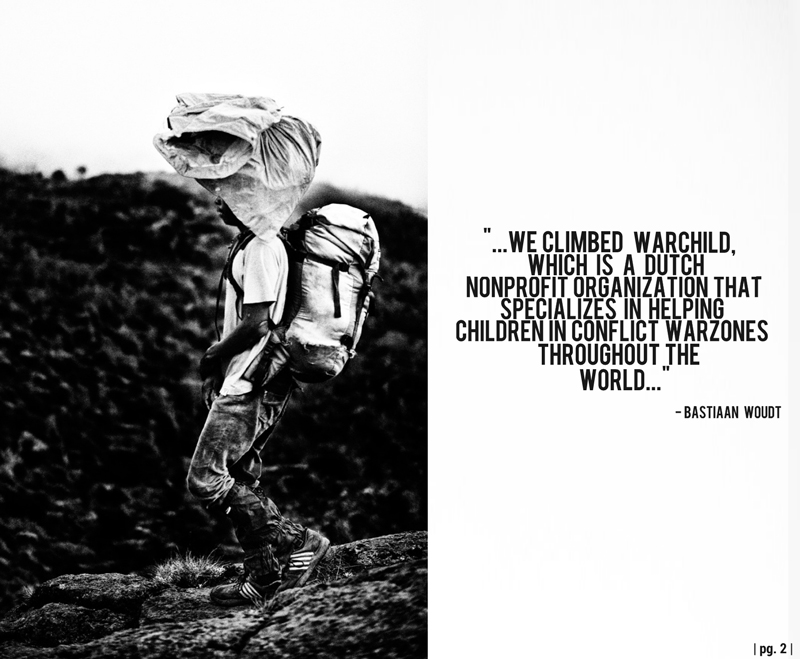
Propelled upwards towards the sky with its snow-capped peaks rising high above the clouds, Kilimanjaro has long been viewed as a symbol, a seat of mythic power, the home of gods and legends alike. For thousands of years, Kilimanjaro has been captivating the minds of both Tanzanians and visitors. Part of the captivation has lies within few myths about how Mount Kilimanjaro came to be. Between the second and nineteenth centuries, only a handful of vague references to Kilimanjaro were mentioned. The western world was said not to have been aware of the existence of Kilimanjaro until 1849, when missionary Johannes Rebmann wrote of a snowy mountain in the heart of Africa. His documentations however, were not enough to convince people and were initially rejected as fantasy by the Royal Geographical Society. It was not until 1861, when further expeditions to Kili validated Rebmann’s writings about the Mount Kilimanjaro. Possibly the most popular and interesting story of where Kibo and Mawenzi got their names is the Chagga myth of why Mawenzi looks so jagged in the first place. Long ago, Kibo and Mawenzi who were either brothers or just neighbors were sitting by their fireplaces, when Mawenzi saw that his fire had gone out. He went to Kibo and asked for some embers to restart his fire, which Kibo gladly gave him. Mawenzi did not pay attention to the embers and the by the time he arrived home, the coals had gone out. He went back to Kibo a second time, and Kibo again gave him embers, but again, Mawenzi became distracted, and the coals went out. When he went back a third time, Kibo gave Mawenzi something else: a serious beating over the head with a club, which is why he is so jagged or battered and much shorter than Kibo today.
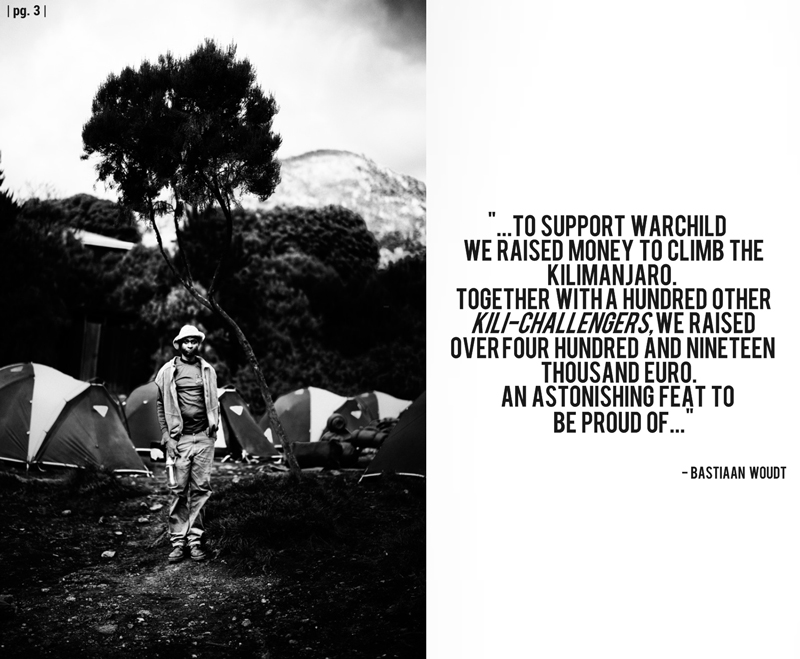
There are seven official trekking routes by which to ascend and descend Mount Kilimanjaro: Lemosho, Machame, Marangu, Mweka, Rongai, Shira, and Umbwe. Of all the routes, Machame is considered the most scenic, albeit steeper route and can be trekked in six or seven days. While the Rongai is said to be the easiest and least scenic of all camping routes, the Marangu, which is also relatively an easy route to trek, tends to be very busy with its ascent and descent routes being the same; and with accommodation in shared huts with all other climbers. People who wish to trek to the summit of Kilimanjaro are advised to undertake appropriate research and ensure that they are both properly equipped and physically capable. Though the climb is technically not as challenging as when climbing the high peaks of the Himalayas or Andes, the high elevation, low temperature, and occasional high winds can make this adventure a difficult and dangerous trek. Acclimatization is essential because even the most experienced trekkers suffer some degree of altitude sickness. Kilimanjaro summit is well above the altitude at which high altitude pulmonary edema or high altitude cerebral edema can occur. Many trekkers will suffer considerable discomfort, typically shortage of breath, hypothermia, and headaches. There is so much more to Mount Kilimanjaro than the summit. The ascent of the slopes is a virtual climatic world tour, from the tropics to the Arctic. Even before one crosses the national park boundary, the cultivated foot slopes give way to lush forest, inhabited by elusive elephant, leopard, buffalo, the endangered Abbot’s duiker, and other small antelope and primates. Higher still lies the moorland zone, where a cover of giant heather is studded with otherworldly giant lobelias. Above over thirteen thousand feet, a surreal alpine desert supports little life other than a few hardy mosses and lichen. Finally, the last remaining vegetation gives way to a winter wonderland of ice and snow – and the magnificent beauty of the roof of the continent.

Mount Kilimanjaro represents the worldwide image of Africa and its towering, snowcapped symmetrical cone is synonymous with Africa. Internationally, the challenge of learning about, exploring and climbing this mysterious mountain has captured the imagination of people throughout the world. To many, the chance to climb this mountain is an adventure of a lifetime. Until today, Mount Kilimanjaro has been a symbol of various national and international activities, business and even politics. Business companies and various social clubs have their registrations bearing Mount Kilimanjaro name to portray their majestic existence. In 1961, the flag of the newly independent Tanzania was carried up the mountain to be flown on top of the mountain, and the freedom torch was lighted on the peak to stir up political campaign for unity, freedom and fraternity. Tanzania will mark 50 years of independence next month with a symbol and pride of Mount Kilimanjaro as its tourist, social and political brand mark. This African highest mountain has been listed among twenty-eight leading tourist destinations in the world nominated as candidates for voting into the New Seven Natural Wonders of the World.

Reaching the top of Kilimanjaro is a very significant undertaking, not to be taken lightly. Climbing Mount Kilimanjaro is said to be actually more difficult than most people think for it is not. This is not a straightforward walk in the park due to its grueling, demanding and potentially very dangerous trek. However, despite the difficulties and levels to dangerous, Kilimanjaro has been said to be the most physically demanding adventure, while it is also most rewarding. Being sufficiently fit, well prepared and well guided, then Mount are necessary to experience of genuine, and naturally life changing experience as it did for Bastiaan Woudt. It is the closest most of us may ever come to experiencing a genuine expedition. With deep and solidarity from a team working together in adverse circumstances during the trek, one can reach this phenomenal and extraordinary goal- a mark off from the bucket list. People who know the mountain understand the level of achievement that it represents and those who have successfully climbed Kilimanjaro remain proud of the fact for the rest of their lives. To experience Mount Kilimanjaro, it is advisable to contact a profession tour operator or the Department of Tourism to know more about the country, preparation required to climb the mountain and the best time to travel for breathtaking explorations and adventures and partake in the pulsating heartbeat of an Africa’s glorious mountain!